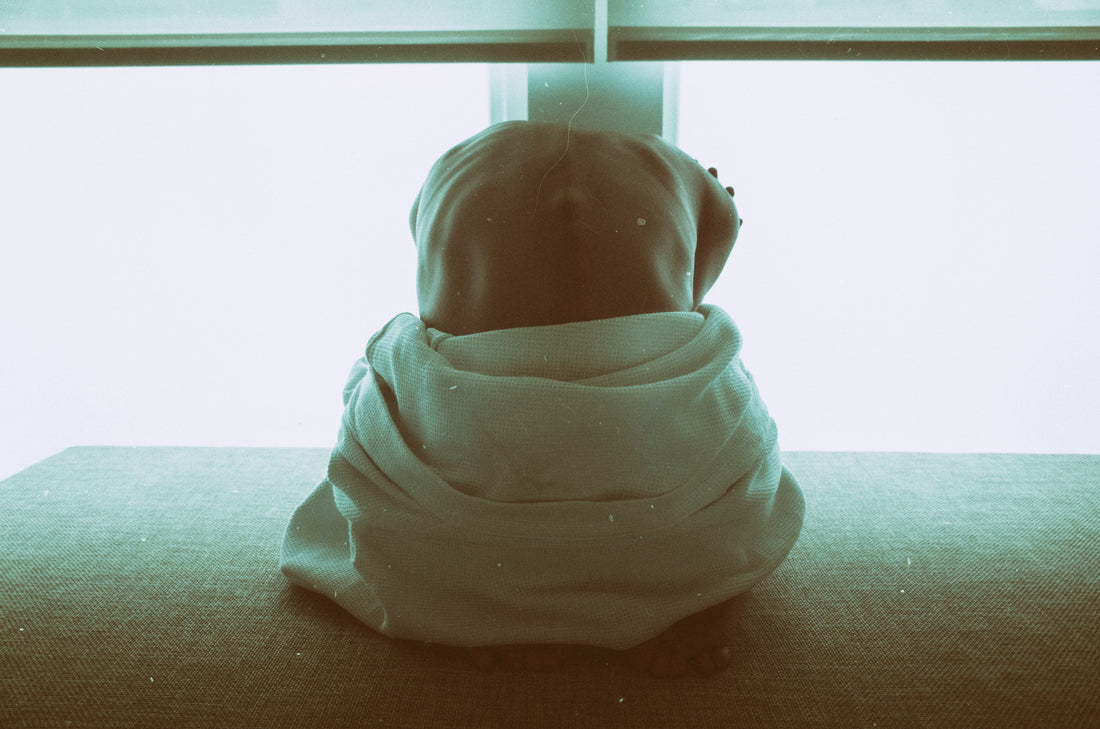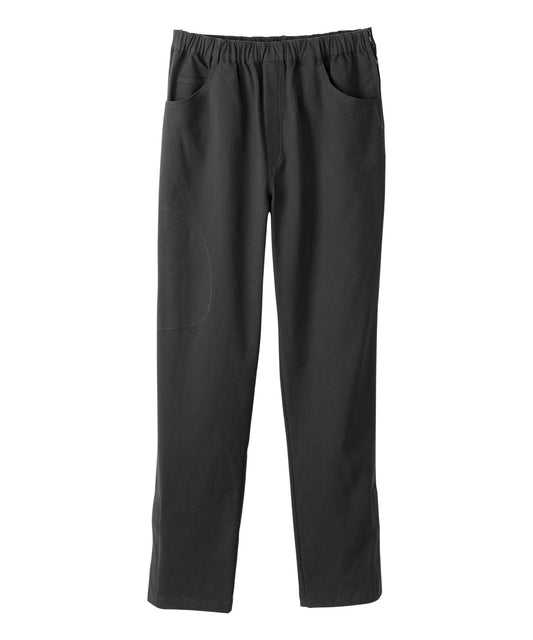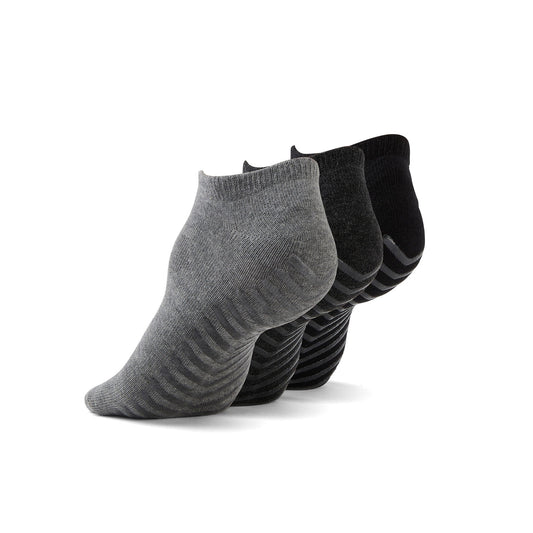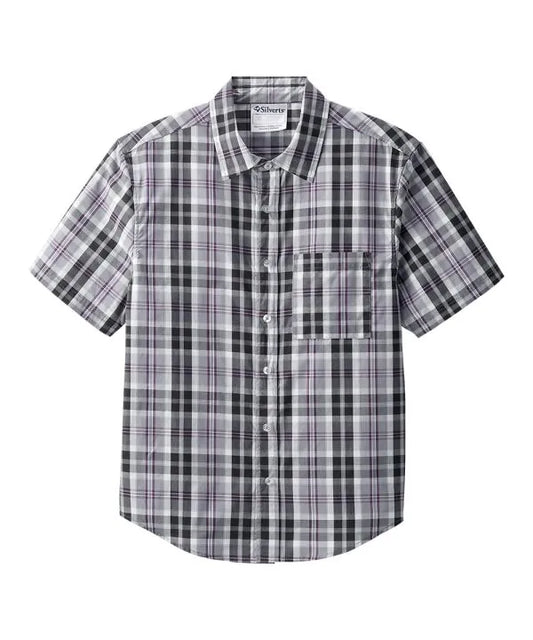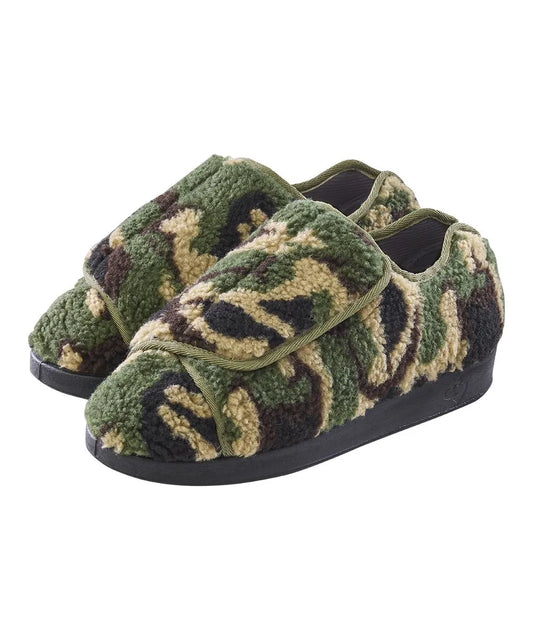Written by Krishna Sabaratnam
When it comes to fashion, inclusivity is essential. It’s important to recognize that bodies come in all shapes, sizes, and abilities. Adaptive fashion has brought spark and creativity to the fashion industry by providing functional and stylish options for people with diverse body types, including those with disabilities. This article will explore adaptive clothing tips specifically tailored to different body types, including disability body types.
Let’s celebrate the beauty of uniqueness and discover how adaptive clothing can enhance one’s confidence and self-expression.
Individuals with disabilities have a wide range of physical characteristics, mobility needs, and individual preferences, and therefore require unique considerations when choosing adaptive clothing. Common disability types, such as wheelchair users, amputees, persons with limited mobility or muscle control, and those with sensory sensitivities, each have specific requirements that must be considered to ensure their clothing is comfortable and functional.
Adaptive Clothing Tips for Wheelchair Users
Wheelchair users have unique considerations due to their sitting positions and mobility needs. Their clothing and outfits should be versatile, prioritizing comfort while also aligning with their unique lifestyle. Wheelchair users should keep in mind the following when on the hunt for clothing.
- Opt for flexible and stretchy fabrics like cotton, spandex, and jersey that allow for ease of movement and reduce discomfort or restrictions. Additionally, flexible fabrics are less likely to wrinkle or bunch up, maintaining a neater and more comfortable appearance throughout the day.
- Consider open-back clothing that can make the dressing process less strenuous. This type of clothing is great as it provides convenient access without requiring unnecessary twisting and reaching for the seated individual. An additional benefit of open-back clothing is that it allows for better ventilation and airflow, reducing the chances of overheating or discomfort for the wearer.
- The length of garments should be taken into consideration when selecting tops, pants or skirts that are right for the seated user. Ensuring that clothing doesn’t hang down is crucial for wheelchair users for safety and practical reasons.
Adaptive Clothing Tips for Amputees
Amputation can change a person’s life in many ways, including how they dress. For amputees and individuals with prosthetics, finding clothing that enables them to navigate their daily lives with greater independence and ease can be a challenging experience. The ability to perform tasks such as dressing that was once simple but became challenging after a life-changing surgery can have a significant impact on your emotional well-being. Wearing the appropriate clothing can restore the confidence and dignity that was lost in oneself. When looking for clothing, consider the following.
- Safety and accessibility are key when building a wardrobe to prioritize this new and unique journey. Making sure clothing does not bunch up with prosthetic components is important to help reduce the risk of accidents.
- Finding clothing that accommodates prosthetic limbs is crucial for restoring functionality and mobility. Look for durable tops and bottoms that minimize friction and irritation. Features like side zippers, magnetic closures, and wider openings can simplify the dressing process.
Adaptive Clothing Tips for Limited Mobility and Muscle Control
Clothing for people suffering from mobility and muscle control issues can be difficult to find due to many factors. Whether you’re a person who is unable to reach certain areas of your body or has trouble standing for long periods, clothing choices that prioritize ease of dressing and comfort are essential to support one's needs. Below are a few tips that can go a long way when it comes to your clothing choices.
-
Invest in adaptive footwear with features like velcro straps, zippers, or slip-on designs for easy and hassle-free access, eliminating the need for complex lacing or fastening. Adaptive footwear is specifically designed to help wearers feel safe from falls with its wider frame, extra padding, and non-slip soles.

- Avoid restrictive tight-fitting clothes as they can limit the range of motion you experience, making it difficult to perform everyday tasks comfortably. This can also create circulation issues leading to muscle weakness and limited stamina that can result in physical discomfort and overall well-being.
- Elasticated bottoms should be a wardrobe staple as they are the perfect replacement for frustrating button and zipped apparel. The stretchable nature of the fabric is extra accommodating to people with limited dexterity who prioritize practical and minimal fashion wear.
Adaptive Clothing Tips for Sensory Sensitivities
Individuals experiencing sensory sensitivities are often more meticulous in selecting their clothing and accessories, ensuring these align with their lifestyle and daily activities, compared to those without such issues. Sensory sensitivities relate to how one experiences bodily sensations like touch, sight, and smell. If you know someone dealing with these issues, it’s crucial not to pressure them into wearing clothes that don’t feel comfortable or suitable for their body type. When looking for clothing, keep this in mind.
- Weighted clothing can help with sensory sensitivities. It provides a calming, soothing effect, like a firm hug. This type of clothing can also reduce repetitive behaviours and improve body awareness, making it a useful tool for those processing high sensitivity.
- Opt for natural, soft materials like cotton, and avoid scratchy fabrics such as polyester and denim that can cause distress and discomfort.
- Clothing without tags and seams can reduce irritation and provide a smoother, more comfortable feel against the skin. Additionally, these clothing features can promote a more relaxed and comfortable fit.
In conclusion, the realm of fashion is much more than mere aesthetics – it’s a powerful medium of self-expression, particularly for those with diverse body types and abilities. By choosing adaptive clothing and putting these tips into practice – let’s celebrate its potential and spread awareness of its benefits. By doing so, we not only champion inclusive fashion but also foster an environment where everyone, regardless of their physical conditions feels comfortable, fashionable, and included.

